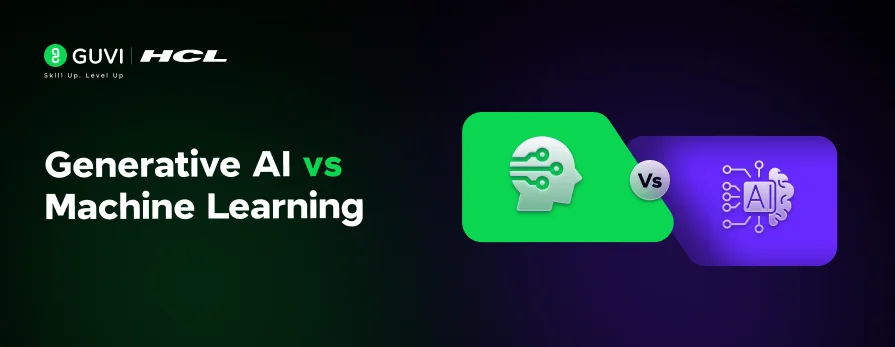
Generative AI vs. Machine Learning: The Differences in Modern AI Technologies
Jun 09, 2025 5 Min Read 5115 Views
(Last Updated)
Among the various subfields and techniques that have emerged, Generative AI has become a particularly hot topic, often mentioned alongside or in comparison to traditional Machine Learning approaches. But what exactly sets Generative AI apart from Machine Learning? How do these technologies differ, and where do they intersect?
In this blog post, we will explore the concepts of Generative AI vs. Machine Learning, exploring their unique characteristics, applications, and the impact they’re having on various industries. We’ll get into the technical aspects that distinguish these approaches, learn their strengths and limitations, and consider the future implications of their continued development.
Table of contents
- Machine Learning and Generative AI
- Machine Learning
- Generative AI
- The Fundamental Differences
- Purpose
- Output
- Learning Approach
- Data Utilization
- Technical Foundations
- Machine Learning Techniques
- Generative AI Techniques
- Applications and Use Cases
- Machine Learning Applications
- Generative AI Applications
- Strengths and Limitations
- Machine Learning Strengths
- Machine Learning Limitations
- Generative AI Strengths
- Generative AI Limitations
- The Intersection of Machine Learning and Generative AI
- Future Trends and Implications
- Conclusion
- FAQs
- What is the main difference between Generative AI and Machine Learning?
- How do the applications of Generative AI differ from those of Machine Learning?
- Are Generative AI models more complex than traditional Machine Learning models?
1. Machine Learning and Generative AI
Before we get into the differences, let’s learn clear definitions for both Machine Learning and Generative AI.
Machine Learning
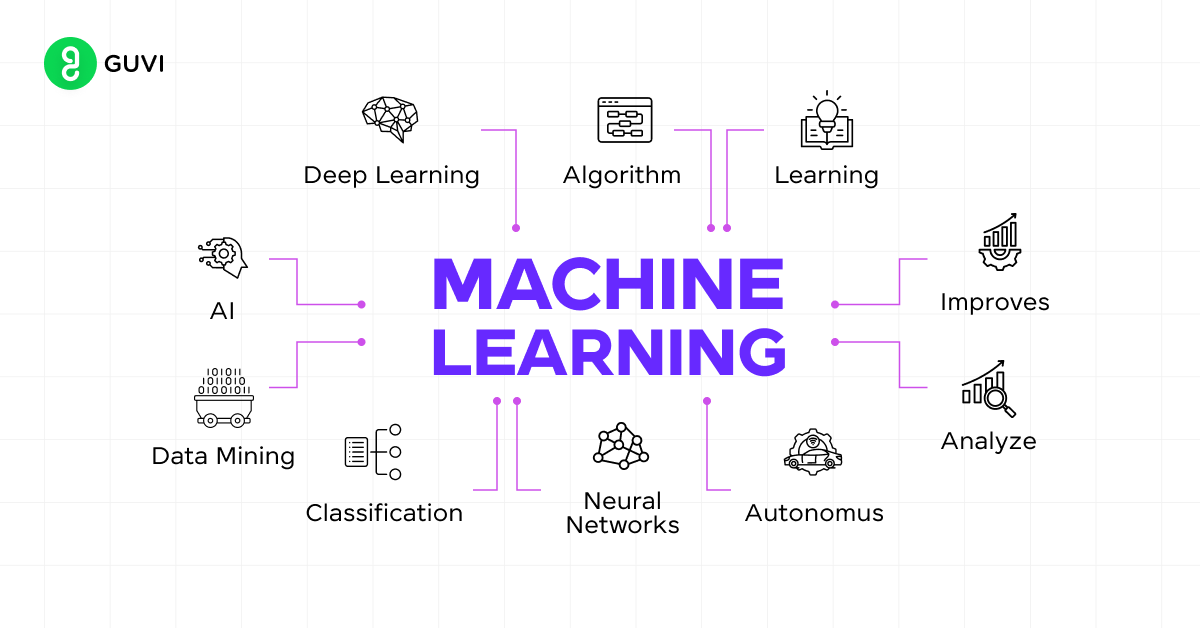
Machine Learning is a subset of Artificial Intelligence that focuses on the development of algorithms and statistical models that enable computer systems to improve their performance on a specific task through experience. ML systems learn from data without being explicitly programmed for every possible scenario.
Key characteristics of Machine Learning include:
- Data-driven learning
- Pattern recognition
- Predictive modeling
- Continuous improvement through exposure to new data
Enroll in GUVI’s Artificial Intelligence & Machine Learning Course today and master the skills that drive tomorrow’s innovations.
Generative AI
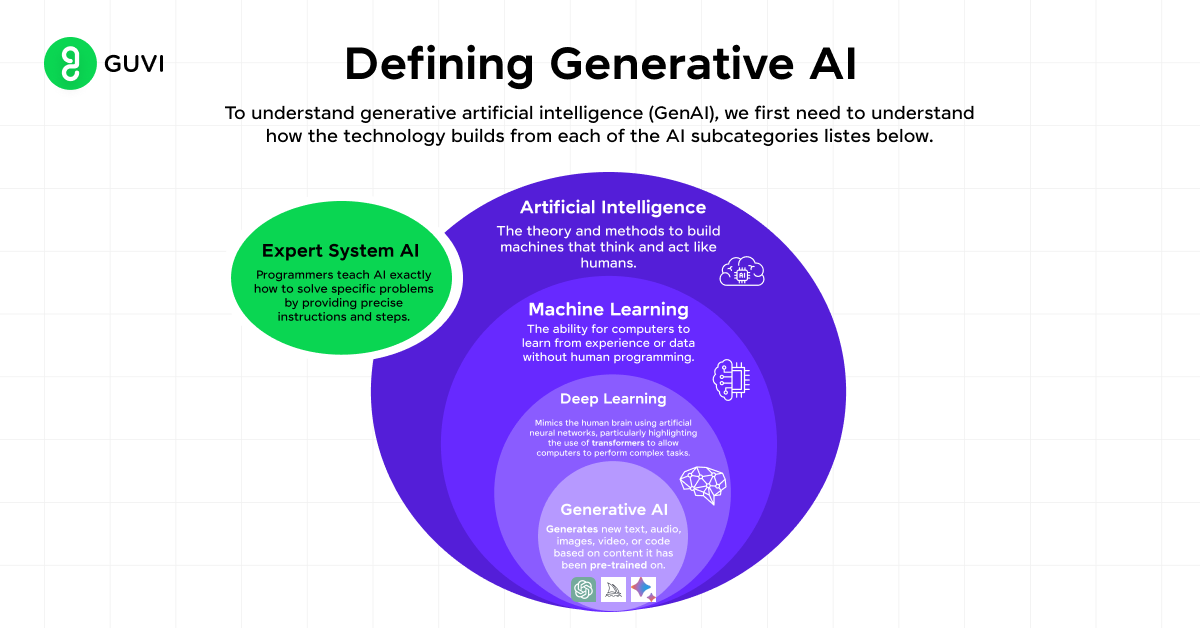
Generative AI, on the other hand, is a more specific subset of AI techniques that focuses on creating new, original content based on patterns learned from existing data. These systems can generate various types of output, including text, images, audio, and even AI video, that closely resemble human-created content.
Key characteristics of Generative AI include:
- Content creation capabilities
- Learning complex data distributions
- Ability to produce novel, unseen examples
- Often based on deep learning architectures
If you want to explore GenAI in-depth and transform your ideas into reality, enroll in GUVI’s Generative AI course today!
2. The Fundamental Differences

While both Machine Learning and Generative AI fall under the broader umbrella of Artificial Intelligence, they differ significantly in their primary objectives and methodologies:
Purpose
- Machine Learning: The primary goal of ML is to make predictions, classifications, or decisions based on input data. It’s about recognizing patterns and using them to solve specific problems or tasks.
- Generative AI: The main purpose of Generative AI is to create new content that mimics the patterns and structures found in training data. It’s about producing novel outputs that are similar to, but not identical to, the examples it has learned from.
Output
- Machine Learning: ML systems typically produce discrete outputs such as classifications, predictions, or recommendations. For example, an ML model might predict whether an email is spam or not, or recommend products based on a user’s purchase history.
- Generative AI: These systems generate complex, structured outputs such as images, text, or audio. For example, a generative model might create a new piece of music in the style of a particular composer or generate a realistic image of a non-existent person.
Learning Approach
- Machine Learning: Traditional ML often relies on supervised learning (where the model is trained on labeled data) or unsupervised learning (where the model finds patterns in unlabeled data).
- Generative AI: While it can use supervised techniques, Generative AI often uses more complex approaches like unsupervised or semi-supervised learning, and frequently utilizes advanced neural network architectures such as Generative Adversarial Networks (GANs) or Variational Autoencoders (VAEs).
Data Utilization
- Machine Learning: ML models are typically trained to map input data to specific outputs or to find clusters and patterns within the data.
- Generative AI: These models learn the underlying probability distribution of the training data, allowing them to generate new samples that follow similar patterns.
3. Technical Foundations
To truly understand the differences between Machine Learning and Generative AI, it’s important to explore the technical foundations that power these technologies.
Machine Learning Techniques

- Supervised Learning: This involves training models on labeled data, where the correct output is provided for each input example. Common algorithms include:
- Linear Regression
- Logistic Regression
- Support Vector Machines (SVM)
- Decision Trees and Random Forests
- K-Nearest Neighbors (KNN)
- Unsupervised Learning: These methods work with unlabeled data, attempting to find inherent structures or patterns. Techniques include:
- K-Means Clustering
- Hierarchical Clustering
- Principal Component Analysis (PCA)
- Association Rules
- Reinforcement Learning: This approach involves an agent learning to make decisions by taking actions in an environment to maximize some notion of cumulative reward.
Generative AI Techniques

- Generative Adversarial Networks (GANs): GANs consist of two neural networks—a generator and a discriminator—that are trained simultaneously through adversarial training.
- Variational Autoencoders (VAEs): These models learn to encode input data into a compressed latent space and then decode it back, allowing for the generation of new samples.
- Transformer-based Models: Large language models like GPT (Generative Pre-trained Transformer) use self-attention mechanisms to generate human-like text.
- Diffusion Models: These models learn to gradually denoise random noise to produce high-quality images or other types of data.
The key technical difference lies in how these models are structured and trained. While traditional ML models often have simpler architectures designed for specific tasks, Generative AI models tend to be more complex, with millions or even billions of parameters, allowing them to capture intricate patterns and relationships in the data.
4. Applications and Use Cases
The distinct capabilities of Machine Learning and Generative AI lead to different applications across various industries. Let’s explore some of the most prominent use cases for each:
Machine Learning Applications

- Predictive Analytics: ML is widely used in business intelligence to forecast trends, sales, and market conditions.
- Fraud Detection: Financial institutions use ML algorithms to identify suspicious transactions and prevent fraud.
- Recommendation Systems: E-commerce platforms and streaming services employ ML to suggest products or content to users.
- Medical Diagnosis: ML models can analyze medical images and patient data to assist in diagnosing diseases.
- Natural Language Processing (NLP): While some NLP tasks now use generative models, many still rely on traditional ML for tasks like sentiment analysis or text classification.
- Autonomous Vehicles: ML algorithms process sensor data to navigate and make decisions in real-time driving scenarios.
Generative AI Applications

- Content Creation: Generating articles, stories, poetry, and even code based on prompts or specific styles.
- Image and Video Generation: Creating realistic images, artwork, or even short video clips from text descriptions.
- Music Composition: Generating original musical pieces or continuing existing compositions in various styles.
- Drug Discovery: Generating potential molecular structures for new pharmaceuticals.
- Virtual Assistants and Chatbots: Creating more human-like conversational agents capable of engaging in open-ended dialogue.
- Design and Architecture: Generating design concepts or floor plans based on specific requirements.
- Synthetic Data Generation: Creating realistic but artificial datasets for training other AI models, particularly useful in fields with limited real-world data.
5. Strengths and Limitations
Both Machine Learning and Generative AI have their own sets of strengths and limitations, which influence their suitability for different tasks and applications.
Machine Learning Strengths
- Efficiency: ML models can quickly process large amounts of data and make predictions or decisions in real time.
- Interpretability: Many ML models, especially simpler ones, allow for easier interpretation of how decisions are made.
- Precision: For well-defined tasks with clear objectives, ML models can achieve high levels of accuracy.
- Versatility: ML techniques can be applied to a wide range of problems across various domains.
Machine Learning Limitations
- Data Dependency: ML models require large amounts of high-quality, labeled data for optimal performance.
- Lack of Creativity: Traditional ML models are not designed to generate novel content or solutions outside their training data.
- Difficulty with Ambiguity: ML models may struggle with tasks that require understanding or context.
- Bias and Fairness: ML models can perpetuate or amplify biases present in their training data.
Generative AI Strengths
- Creativity: Generative models can produce novel and creative outputs that go beyond simple recombination of existing data.
- Flexibility: These models can often be fine-tuned or adapted to various related tasks.
- Understanding of Complex Patterns: Generative models can capture intricate relationships and structures within data.
- Potential for Unsupervised Learning: Many generative techniques can learn from unlabeled data, which is often more abundant.
Generative AI Limitations
- Computational Intensity: Training and running large generative models often requires significant computational resources.
- Lack of Control: The output of generative models can be unpredictable and may require human curation.
- Ethical Concerns: The ability to generate realistic fake content raises concerns about misinformation and deepfakes.
- Difficulty in Evaluation: Assessing the quality and originality of generated content can be challenging and subjective.
6. The Intersection of Machine Learning and Generative AI
While we’ve focused on the differences between Machine Learning and Generative AI, it’s important to note that these fields are not entirely separate. In fact, there’s significant overlap and interplay between the two:
- Foundation in Neural Networks: Both advanced ML techniques and many Generative AI models are built on neural network architectures.
- Transfer Learning: Techniques developed for traditional ML, such as transfer learning, are also applied in training generative models.
- Hybrid Approaches: Some systems combine generative and discriminative (traditional ML) components to achieve better results.
- Continual Development: Advances in one field often contribute to progress in the other, pushing the boundaries of AI as a whole.
- Shared Challenges: Both fields grapple with similar challenges, such as bias mitigation, interpretability, and ethical considerations.
7. Future Trends and Implications
The future of Machine Learning (ML) and Generative AI is set to be transformative, with several key trends emerging. One major trend is the increased integration of generative capabilities into traditional ML systems, leading to more versatile and innovative AI solutions across industries like healthcare, finance, and entertainment.
As these technologies advance, the need for new ethical guidelines and legal frameworks will grow. Addressing concerns around data privacy, intellectual property, and AI’s societal impact will become critical, making expertise in ethical AI development increasingly important.
The democratization of AI is another significant trend. As ML and Generative AI tools become more accessible, smaller organizations and individuals will be able to harness their power, creating new career opportunities for those skilled in AI implementation and management.
If you’re ready to learn AI and ML, the Artificial Intelligence and Machine Learning Courses by GUVI is your perfect gateway. Gain hands-on experience, learn from industry experts, and get endless opportunities in one of the most exciting fields today. Enroll now and start your journey toward becoming an AI and ML expert!
Conclusion
As these fields continue to evolve at a rapid pace, we can expect to see even more exciting developments and applications in the coming years. The key to learn generative AI and machine learning lies in understanding their unique characteristics, staying informed about new advancements, and carefully considering the ethical implications of their deployment.
By embracing both Machine Learning and Generative AI, while being mindful of their distinctions and limitations, we can unlock new possibilities in problem-solving, creativity, and innovation across countless domains. The future of AI is not just about machines learning from data, but also about machines assisting and amplifying human creativity and decision-making in ways we’re only beginning to imagine.
FAQs
Generative AI is a subset of AI focused on creating new content, such as images, text, or music, by learning from existing data. In contrast, Machine Learning is a broader field that involves training models to make predictions or decisions based on data patterns, without necessarily generating new content.
Generative AI is commonly used in creative fields, such as generating realistic images, writing text, or composing music. Machine Learning, on the other hand, is widely used in applications like predictive analytics, recommendation systems, and classification tasks.
Yes, Generative AI models, such as GANs (Generative Adversarial Networks) and transformers, tend to be more complex and require more computational resources than traditional Machine Learning models. This is because they involve generating new content, which requires a deeper understanding of the underlying data patterns.

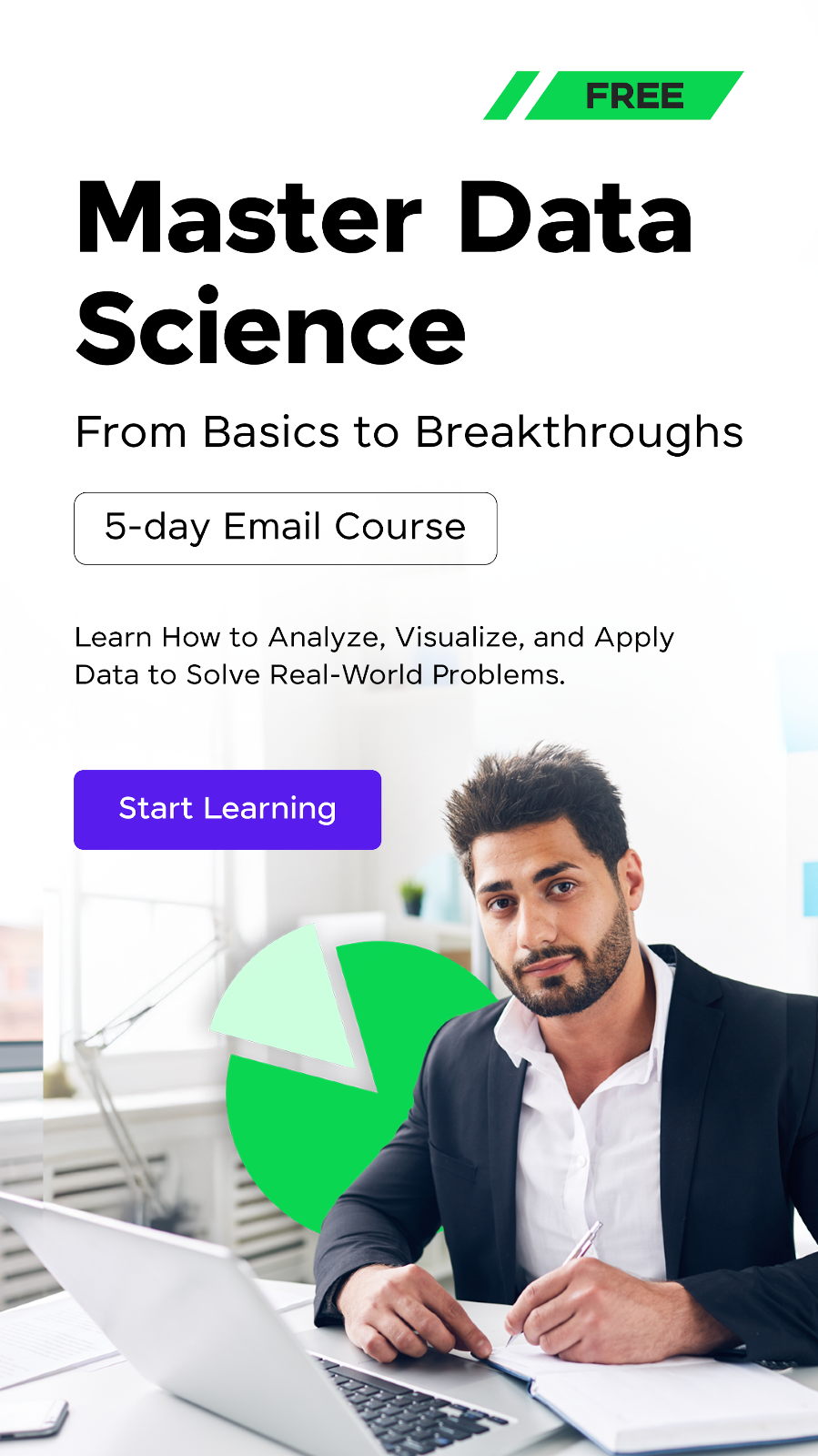













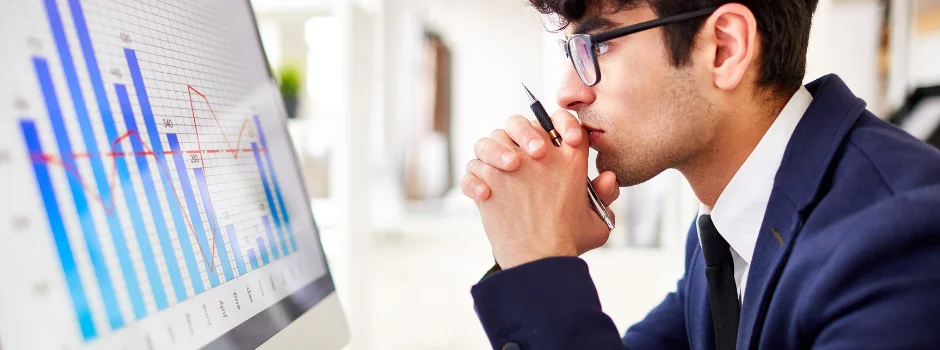
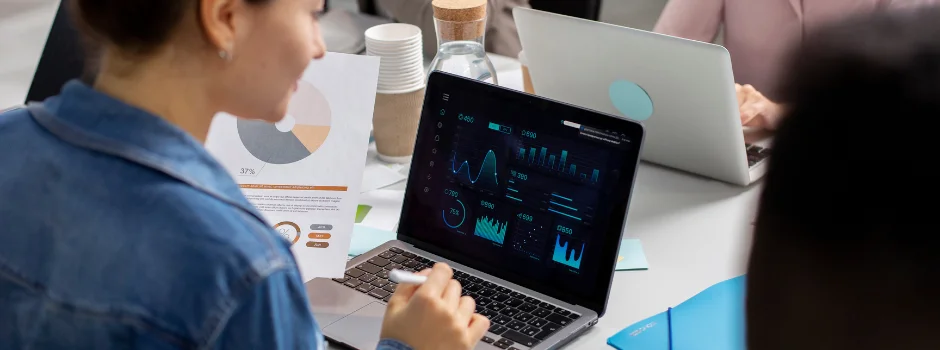
![Top Data Science Programming Languages All Beginners Must Know [2025] 11 data science programming language](https://www.guvi.in/blog/wp-content/uploads/2025/06/Feature-Image-3.png)
![Top 40 Data Science Interview Questions for Freshers [2025] 12 data science interview questions for freshers](https://www.guvi.in/blog/wp-content/uploads/2025/06/Top-40-Data-Science-Interview-Questions-for-Freshers-2025.png)






Did you enjoy this article?